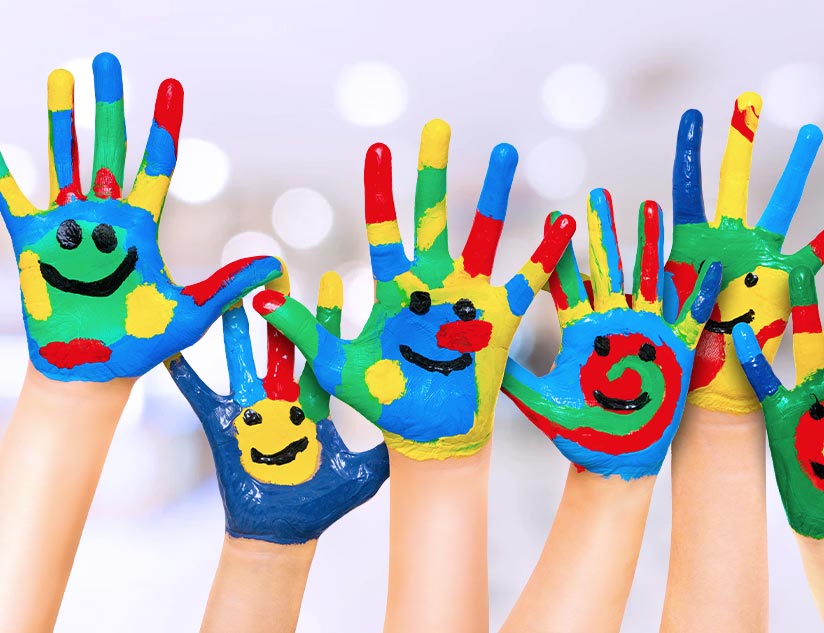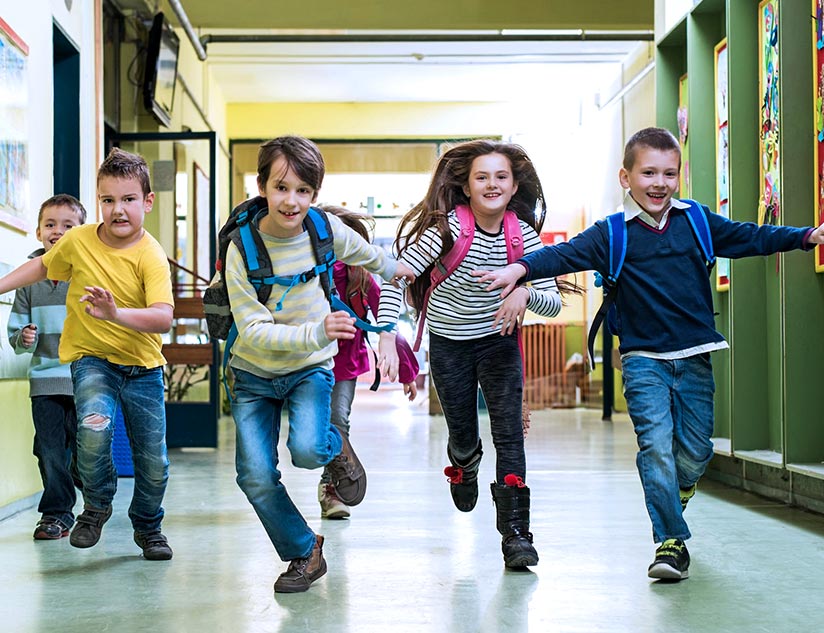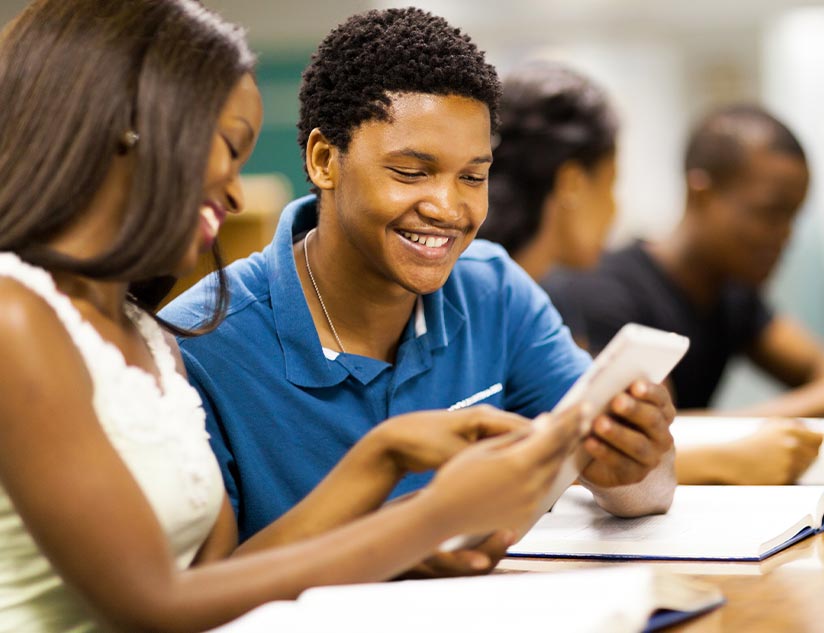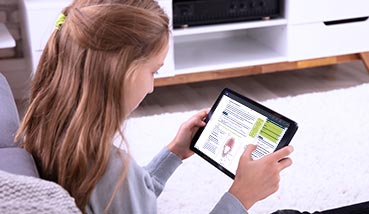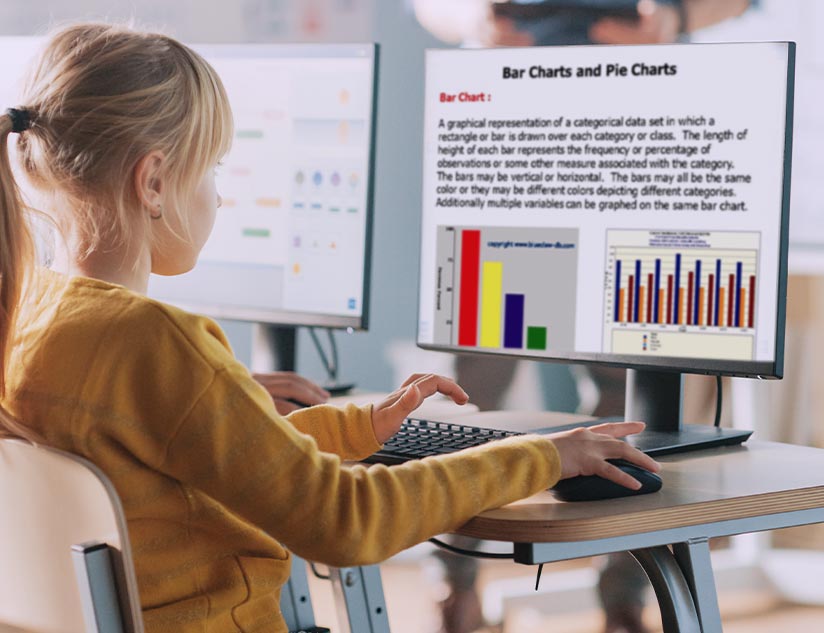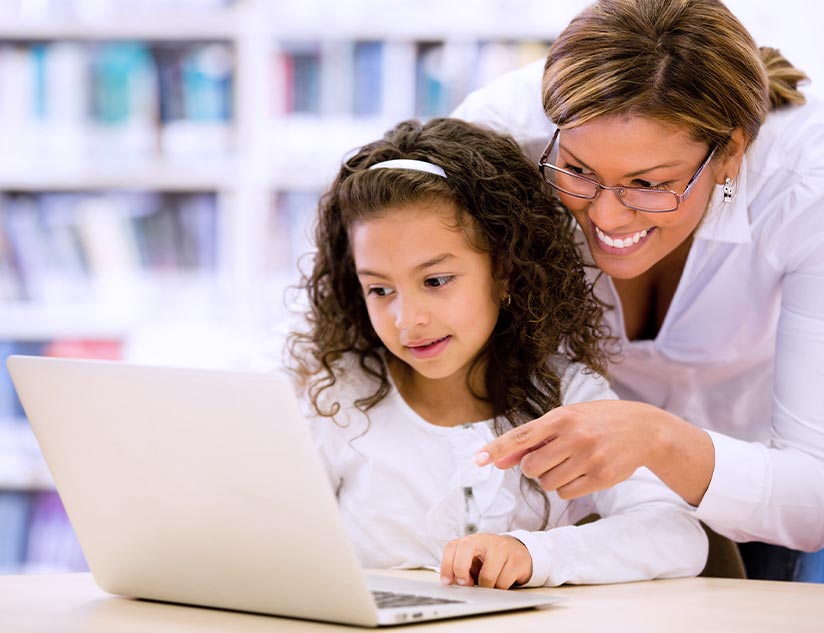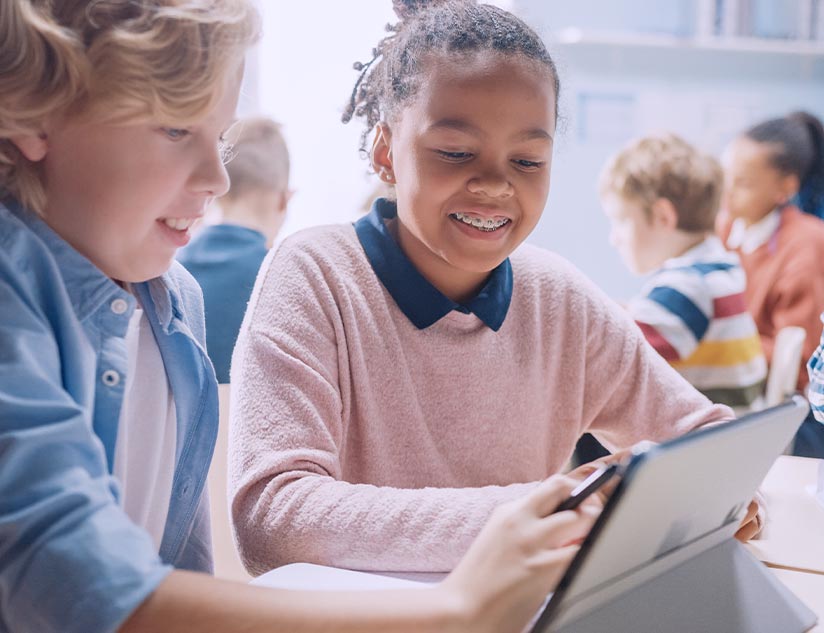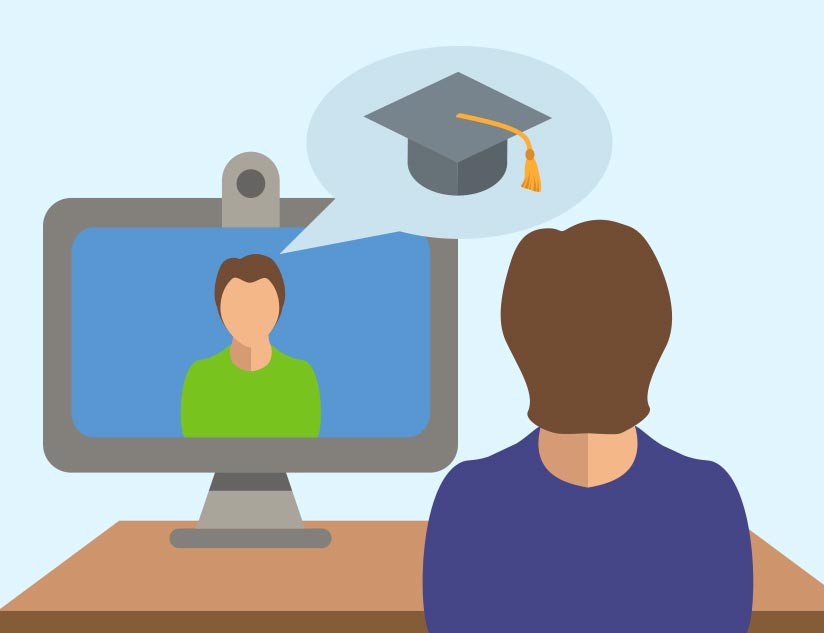It’s no secret that the coronavirus disease made drastic changes to the way we live, think, and interact with each other. Education went almost entirely digital with little preparation, forcing teachers and students to adjust quickly and make the most of remote learning situations.
Unfortunately, this abrupt switch negatively affected many students, bringing students back an average of five months in mathematics and four months behind in reading by the end of the school year. Students with specialized learning needs and those from low-income backgrounds were hit especially hard. And high schoolers became more likely to drop out of high school.
According to a study done by JAMA Pediatrics, which analyzed research across 11 countries including the United States, there was widespread depression and anxiety among those under 19 years of age, which was worsened by increased screen time and reduced physical activity. In some countries, this affected 1 in 4 adolescents. Many parents reported an increase in concern about their child’s mental health and well-being. In the U.S. alone, suicide attempts among adolescents increased by 31% in 2020.
While reduced social interaction and feelings of uncertainty fueled an unexpected mental health crisis, teachers and education companies worked hard to find new ways to keep students engaged. There was a massive renaissance in digital learning, which continues to expand today as more people embrace the benefits of learning online. New developments in digital learning include highly interactive classes that involve gaming and AI, adaptive learning programs that customize the learning experience, and “micro-learning” features that make courses easily digestible.
What is SEL (Social-Emotional Learning)?
Social-emotional learning has been researched for decades to show the positive benefits of incorporating this type of programming into standard educational practices. SEL is defined as the process through which individuals acquire and apply the necessary skills to regulate emotions and relate to others in a healthy, responsible manner.
SEL includes five core competencies:
1. Self-awareness: The ability to identify emotions and have an accurate self-perception. Self-awareness asks, how am I feeling and why?
2. Self-management: The ability to manage emotions, thoughts, and behaviors in varying situations and effectively achieve goals. Self-management skills help manage stress, improve self-discipline, and increase motivation.
3. Social awareness: The ability to understand different perspectives and have empathy for others. This allows you to have compassion and respect for others.
4. Relationship skills: The ability to effectively communicate and establish healthy, supportive relationships. Relationship skills involve communication, teamwork, and social engagement.
5. Responsible decision-making: The ability to make constructive choices for yourself and for others. Responsible decision-making allows one to identify problems, analyze situations, and solve them in an effective, ethical manner.
Studies have shown that SEL interventions can increase students’ academic performance by 11 percentile points. When students have opportunities to develop social and emotional skills in the classroom, learning accelerates because they can handle challenges, think creatively, and engage in positive friendships and behaviors with other students.
Social and emotional learning can provide a safe, positive environment for students with mental health diagnoses, or for those in recovery from addiction.
Read more in this whitepaper: https://www.getmagicbox.com/whitepapers/social-emotional-learning-sel-focus-for-educators-k12-highered/
The Benefits of Using a Digital Learning Platform like MagicBox
Digital learning is on the rise, and the demand for digital skills in the workforce is certainly not going away. It is estimated that nearly 80% of middle-skill jobs will require digital experience in the near future, which emphasizes the importance of digital literacy.
Most schools today are using a blended learning program to combine digital skills with in-person learning. With MagicBox, educators can create and distribute interactive content, customize learning plans, provide assessments, and make mobile-learning fun, engaging, and seamless. The platform allows personalized learning versus cookie-cutter distribution to help every student succeed. You can also unify content distribution and reduce the headache of trying to use multiple platforms using MagicSync, which features an all-in-one integration system.
Although the pandemic created an unforeseeable gap between educators and students, digital learning platforms like MagicBox put humans first and strive to create an open environment fueled by curiosity, creativity, and data-driven results. This makes remote learning easier and more interactive, driving the social-emotional human connection that can help students in recovery.
Additional benefits include:
- Data privacy ensures that students’ work is safe and secure, which improves their trust in the digital learning experience
- Engaging tools encourage more control among students, which fosters metacognition and independence
- Data measures students’ progress and provides actionable feedback to make changes and measure outcomes
- Integrated assessments where students can provide feedback
- Learning equity among school districts and populations with more homogenous digital platforms
MagicBox enables educational institutions and authors to bridge the gap between in-person and remote learning, and take a step toward the future.

